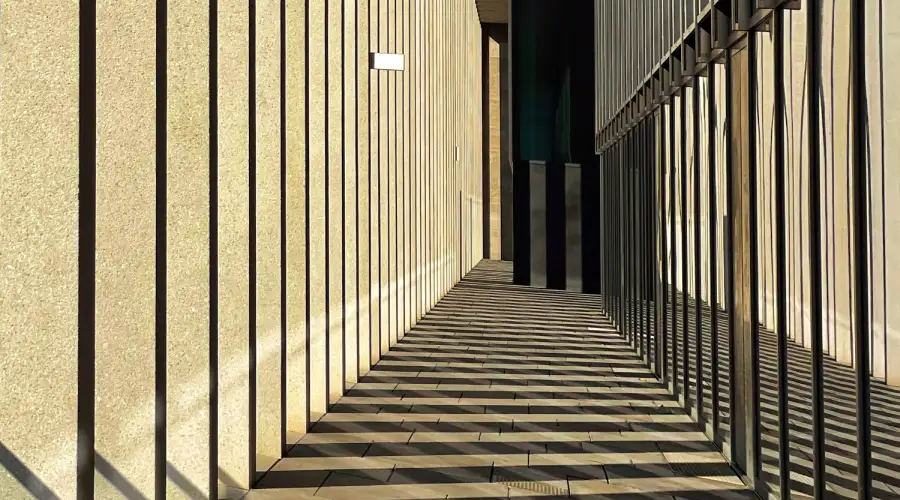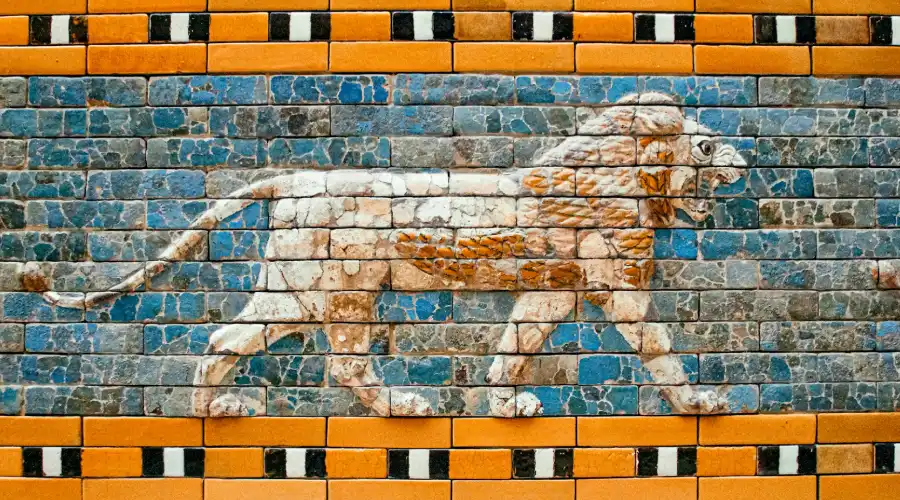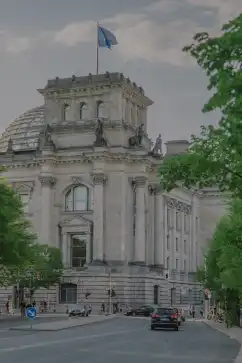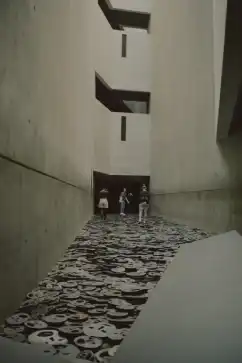Pergamon Museum

About Pergamon Museum
The Pergamon Museum can be found on Museum Island in Berlin. It is one of the most amazing destinations in the area, quite well-known for its world-renowned collections of ancient artifacts and monumental architecture. From the Processional Way of Babylon to the Ishtar Gate, this destination has one and all aspects of history and millennia of human history on display.
Have you ever thought about what it would be like to have lived thousands of years ago? The museum gives you a taste of exactly that with all its endless items of note, including the Antikensammlung (Collection of Classical Antiquities), the Museum für Islamische Kunst (Museum of Islamic Art), and the Vorderasiatisches Museum (Museum of the Ancient Near East).
History of the Pergamon Museum
To understand the history of this museum, you must first understand the history of Pergamon. In the 16th century, Heinrich Schliemann first encountered the reality of Troy, and it spurred excavations of such extent and size that they would even wow people today. One of the sites excavated was Pergamon, where Greek explorers and archaeologists shared rights with the Ottoman Empire, allowing important sculptures, monuments, and treasures to find their way to what is now known as the Pergamon Museum for display, storage, and history.
The museum itself was built around the displays, making it one of the few historic sites made precisely for art. This went on till 1930 and was done so at the order of Emperor Wilhelm II. Once the construction and curating were complete, three major pieces marked the museum’s beauty and pinnacle: the Pergamon Altar, the Ishtar Gate, and the Market Gate of Miletus. Still, even beyond these core pieces, other pieces also retained important parts of the exhibition, divided into Classical, Ancient Near East, and Islamic Art.

Tips for Visiting Pergamon Museum
- Plan Your Visit: The Pergamon Museum can get pretty crowded, especially during peak seasons for tourism and travel. If you plan early, consider visiting when tourists visiting Pergamon Museum are less than usual – either in the morning or late in the afternoon.
- Focus on Highlights: It’s both fortunate and unfortunate that the museum has such an extensive collection. For the person who visits regularly, it’s feasible to explore, but one-day visitors need to focus on their limits as well, which means you’ll want to focus most on the trip’s highlights. You can even use a Pergamon Museum Map to figure out the details.
- Take Your Time: Start looking around the museum, and take your time to explore at your own pace. Don’t rush and stare at things unseeingly – that ruins your immersion; take the time to admire the details and experience their historical and cultural context yourself.
- Audio Guide or Guided Tour: If you’re unsure about exploring alone or missing out, consider taking a tour. An audio guide lets you go quickly, while a personal tour offers a more engaging experience.
- Respect the Art: And, of course, always respect the museum’s artifacts and art by refraining from touching them. Follow any posted guidelines or restrictions regarding them.
Pergamon Museum Tickets
You can get Pergamon Museum tickets online, which is also, incidentally, your best bet for a good plan and to skip the line. Plus, having tickets in advance brings your entire trip plan to the next level of scheduling. The Pergamon Museum ticket price varies per exhibition or entry, so you must get your ticket accordingly, but it generally can range from €6.00 to €12.00.
You can use the ticket to visit other museums on Museum Island too. A ticket for Museum Island lets you visit five museums, including Pergamon. Or you can get the Berlin Museum Pass, which lets you visit more than 30 museums in Berlin for a certain amount of time. The palace is near other cultural places, so you can visit them too. You can get a ticket for Museum Island to visit five museums, including Pergamon. Or you can get the Berlin Museum Pass, which lets you visit over 30 museums in Berlin for a while.
How to Arrive to Pergamon Museum
Pergamon is on Museum Island, of course, but the exact location of the destination can be found at Bodestraße 1-3, 10178 Berlin. This is fairly easy to understand and get to because of the landmarks and ease of understanding, making it preferable to utilize public transport. Here’s how you can use the train, U-Bahn, and the bus to get you to this destination.
By Train: The S-Bahn stations at Friedrichstraße and Hackescher Markt are close enough to use for travel via the M1 and line 12.
By U-Bahn: The U5 stops right in front of Museum Island, but you can also get to the destination via the Unter den Linden station from the same line. By Bus: If you’re going by bus, you can use buses 100 and 200, both of which have a stop at Lustgarten on Unter den Linden.









